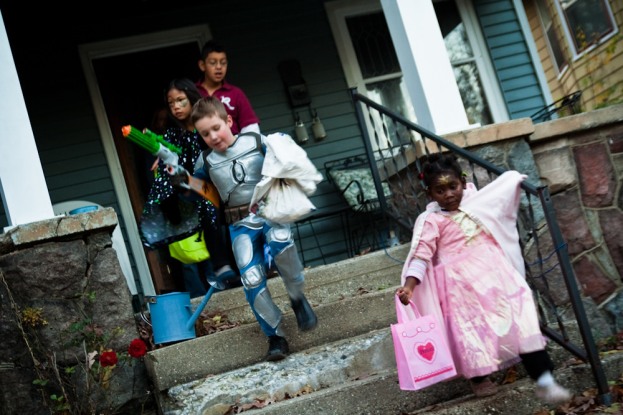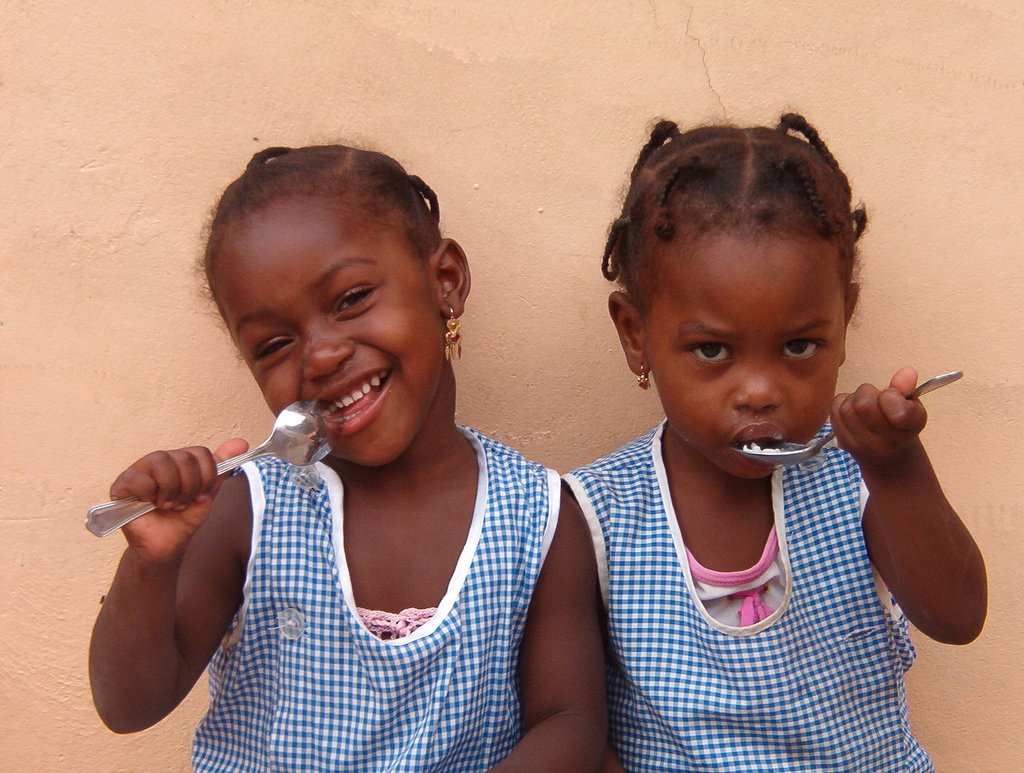I’ve never had an easy delivery. That’s probably why the first thing I said to my husband when he greeted me horizontally in the operating room just prior to my second son’s c-section was, “Never again.” I had just spent the better part of twenty minutes hunched in my obstetrician’s arms as an anesthesiologist jabbed me with a really, really big needle in my spine. He had trouble finding my epidural space. The result of which was a two-week long spinal headache. However, six years later, one day before the 2016 Election, I found myself once again laying in the same position preparing for the birth of our third son. Don’t get me wrong. This little guy was planned. He was wanted. However, that didn’t stop the anxiety from practically eating me alive as I prepared for his birth. I was prepared. That is, I knew what to expect. However, I also knew all the things that could go wrong.
This was my third c-section. I had considered VBAC. However, during monitoring my son’s heart rate dropped so I would have had to be induced at 37 weeks. Since labor via induction can be harder on a previously scarred uterus, I chose a third c-section as the safest option for baby and me. Surgery went well. I had scar tissue that complicated things but my son was perfect. He was 7 lbs 10 ounces, 19 inches and screaming his head off. 10 fingers. 10 toes. A head full of hair and placed right in my arms. The days following my c-section were brutal but nothing out of the ordinary. As the remaining effects of the epidural wore off, the pain returned with gusto but I was on three different pain medications so it was manageable. We stayed in the hospital four days and were released with a clean bill of health. I had no swelling, my incision was healing already, and all of my vitals, including my blood pressure, were great.

The first warning sign came the day I got home. It was a Thursday. As I was parked in our recliner, surrounded by members of our immediate family, I noticed the beginnings of extreme swelling in my legs and feet. By the following day, my feet had blown up so big, I couldn’t fit any of my shoes or socks. My feet had even gotten too wide for my husband’s socks (he wears a size 15 shoe). Even more concerning, when I pressed into my feet with my fingers, they left deep imprints (I later learned this was pitting edema). The swelling was so bad I could feel my skin stretching. I called my doctor and she told me it was probably normal. However, I would be further evaluated at my postnatal check up the following week.
My second warning sign happened a few days later. I developed a horrible headache. Even with the pain medications, I couldn’t find relief. As a migraine sufferer, I assumed it could be a migraine. With a new baby in the house and not much sleep, a headache seemed natural and like nothing to worry about. Plus, it was a Saturday and my appointment was on Tuesday. I figured any concerns could wait a few days.
When I finally made it in to the doctor’s office, I was surprised to find my pressure was elevated. It was reading 160/92 which was a sharp contrast to the perfect readings I had gotten all throughout my pregnancy (find out more about normal blood pressure readings here). My doctor assumed my pressure was elevated due to the excess fluid and put me on a higher dose of labetalol, a pressure medication to help lower my readings. I was already on a small dose to regulate my chronic hypertension before pregnancy. She also tasked me with monitoring my pressure at home. Luckily, I owned my own cuff so I was able to record my readings at home. I had heard of preeclampsia (a pregnancy complication characterized by high blood pressure and signs of damage to another organ system) but it was rare (though possible) postpartum. I asked my doctor about it anyway and she tested my blood and urine just in case. All the tests came back negative.
Two days later, I woke up with an excruciating headache. I took a pressure reading and it read 174/112. My husband had just run out to the grocery store, and I called him and told him we needed to go to the hospital. Everything in my body was telling me something was wrong and the reading confirmed it. I called my doctor and they told me to go straight to labor and delivery.
When we arrived at the hospital, almost a week to the day we had been released my pressure was 186/121. I was scared, my head was pounding, and I could barely see straight. The doctor’s immediately gave me IV blood pressure medication and put me on Magnesium to avoid a seizure or a stroke. Although the emergency meds worked, I spent almost another week in the hospital trying to find the right medication combination to safely release me from the hospital. I maxed out on two medications before finding the right combination, and was given IV rescue medications twice. At one point, my pressure was being checked every fifteen minutes. It was rough but I survived. In the end, I was diagnosed with atypical postpartum preeclampsia, a rare and life-threatening condition if left untreated. My condition was atypical because I never showed signs in my blood or urine. I also developed it almost two weeks after giving birth. Most women develop symptoms during pregnancy or within 48 hours of giving birth.
I didn’t want something to be wrong. I know that sounds silly but after giving birth, all I wanted to do was live and breathe my new son. Even now, just writing about it fills me with anxiety. When I started swelling, something deep inside of me told me something was wrong. However, I was almost too afraid to know because I didn’t want to be rehospitalized and ripped away from my family. Nonetheless, I knew letting the fear of knowing paralyze me wouldn’t change anything. The sooner I acted, the more likely I would be able to get control of what was making me sick. Ultimately, even though I was hospitalized for another week, my husband and newborn were allowed to stay with me so I didn’t lose any days nursing him and bonding with him. Most importantly, however, I am ALIVE. I feel so thankful I listened to my body and had the support of my family and doctors who recognized something was wrong and acted quickly. I will likely be on a large amount of medication for the next month or so but my awesome team of doctors assured me I will be fine.
The fact is African-American women are three times more likely to die from preeclampsia. I had chronic hypertension, which is a risk factor, but it was well-controlled and monitored so I had no reason to believe this disease would impact me. It would have been easy to ignore my symptoms as sleep deprivation or just another part of postpartum recovery. However, if I had, I may not have lived to tell my story. Often women in our community are celebrated for our strength and independence. Our strength is a source of pride. Seeking help can make you feel vulnerable and weak. However, as a survivor, I know recognizing my vulnerability saved my life. No matter how strong we believe we are, recovering from birth takes time. As new moms, our bodies have spent close to a year building a life. If I could lend any advice it would be to listen to your body. Lean on your support system and allow yourself to heal. Be your own advocate. Be vigilant. Ask questions and remember, no symptom is too small or question too silly. If any healthcare professional makes you feel like it is, find someone else. Remember, the most important thing is for you to survive to raise that tiny human. He/she is depending on you to make it through.
For more information on Preeclampsia, visit preeclampsia.org.
***
About The Author
Faye McCray is an attorney by day and writer all the time. Her work has been featured on My Brown Baby, AfroPunk, AfroNews, For Harriet, Madame Noire, Black Girl Nerds, Black and Married with Kids, and other popular publications. Faye also has a number of short stories and a full length novel available for purchase on Amazon. Most importantly, Faye is a proud wife and mother to three beautiful and talented young boys who she is fiercely passionate about raising. You can find Faye on Twitter @fayewrites and on the web at fayemccray.com.
attorney by day and writer all the time. Her work has been featured on My Brown Baby, AfroPunk, AfroNews, For Harriet, Madame Noire, Black Girl Nerds, Black and Married with Kids, and other popular publications. Faye also has a number of short stories and a full length novel available for purchase on Amazon. Most importantly, Faye is a proud wife and mother to three beautiful and talented young boys who she is fiercely passionate about raising. You can find Faye on Twitter @fayewrites and on the web at fayemccray.com.








 attorney by day and writer all the time. Her work has been featured on
attorney by day and writer all the time. Her work has been featured on 


 attorney by day and writer all the time. Her work has been featured on
attorney by day and writer all the time. Her work has been featured on